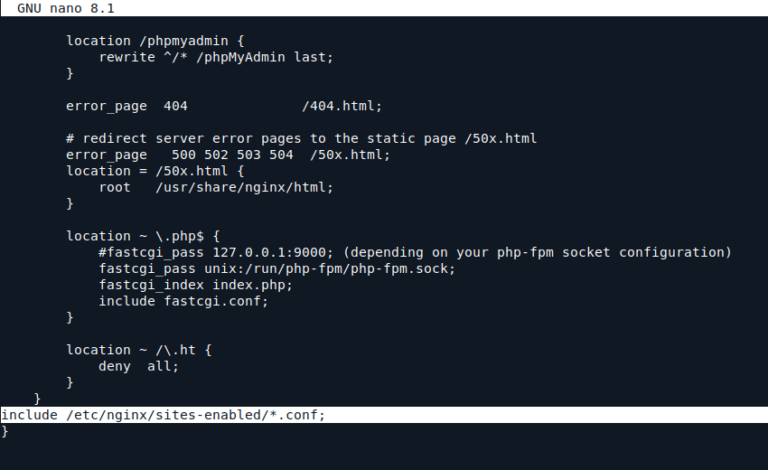
Jacob Posel is a software engineer with Common Thread Collective, the ecommerce agency. He focuses on strategies for integrating artificial intelligence into a business. The best use, he says, is to streamline operational processes, those that might otherwise go to virtual assistants or inexpensive labor.
In our recent conversation, he addressed AI versus human creativity, image generation, cost, and more. The entire audio of that discussion is embedded below. The transcript is edited for length and clarity.
Eric Bandholz: Give us a rundown of what you do.
Jacob Posel: I’m a senior software engineer with Common Thread Collective. I spend most of my time integrating artificial intelligence into the creative and commercial process. I’ve been dealing with image generation lately. The work goes across the entire creative operating system.
The best use case for AI is daily business processes, particularly those assigned to virtual assistants or alternative forms of labor. Those tasks are usually well suited to AI. But let me define what I think of as AI right now because it’s become a buzzword.
Most people think of AI as a large language model, but it’s broader than that. For business processes, I’m referring to a system that understands human speech and text and a worldview that’s good enough to develop intuition. I would start by analyzing those processes and then determine how to make yourself and your team more efficient. What tools do you have available? How can you fully automate that process once you’ve nailed down how that fits into your process and business?
Eric Bandholz: Could you offer an example?
Jacob Posel: You can use it to get a more holistic picture of your business. You could pull sales data or reviews, for instance. Pull it into the Google sheet if you want, and then figure out the insight you’re trying to get from that data and the following action items. Explain that to an LLM and the AI. Share the data you’ve pulled in, and explain your thought process. Then, you can ask it to summarize that for you, provide insights, or inform you if there’s something you need to be aware of.
Eric Bandholz: How do we maintain the core skill of human creativity?
Jacob Posel: I read a research paper about this, where they try to train an LLM or an AI model based on its outputs and then see how many iterations of that it would take for the whole process to fail. After about 10 iterations, it was spitting out absolute nonsense. When you think about it, 80% of the code on the internet is AI-written, as is much of the text online. So, a genuine concern is that we’ll run out of training data to develop new models, and these new models will ultimately reach a point where they can’t progress any further.
The models are trying to scrape YouTube and videos to get more juice. But many very smart people are figuring out different techniques to improve these models beyond just the training data. Most models now grab as much training data as possible, spend as much money as possible on computation, and see what they produce. That cannot continue indefinitely.
The overall point is that AI empowers people to build their own software. Right now, you could build whatever you wanted. Even if you’re not technical, spending a little time setting up the best technologies might be frustrating, difficult initially, and imperfect, but you could do it. The future of programming languages won’t be Python, JavaScript, or SQL. The next iteration will be natural language. I think that’s pretty certain at this point.
Eric Bandholz: You’ve been generating images using AI. How are you doing that?
Jacob Posel: The underlying model I’ve been playing with is called Flux. It’s different from the Midjourney model. You’re able to fine-tune your own models. I primarily use Replicate, an interface where you can interact with graphic processing units and fine-tune your own models.
Midjourney is amazing for generating an image based on the text you provided. If you want to produce an image of a random guy sitting in an armchair underneath a tree in a lake, I would use Midjourney. But to create images with something specific within them that exists in the real world — a product or a person — you have to train your own custom model. You can’t do that with Midjourney. That’s why I use Flux.
One note is that as you get more specific with the product, the model provides less creativity in the background and everything else in the image. So, with a very simple product like a t-shirt, you can put that anywhere on anyone, but when you need to get super specific, the model will hyper-focus on your product, making it difficult to get the rest right.
The training data is very important. If you want a specific angle, make sure you’ve given them a photo from that specific angle, ideally multiple times, and also make sure it’s in high definition.
Eric Bandholz: What does it cost?
Jacob Posel: Video is the most expensive right now. The cost goes from text, image, and video, as you would expect. Runway, for instance, uses a credit system. It’s dollars per credit. The unlimited plan is not terrible. It’s like $100 a month. It’s not the cheapest thing in the world, but it’s not prohibitive. It is expensive in terms of time, and it takes time to master those prompts.
Text-to-image is a bit more complicated because now you’re describing something more clearly. Then, text-to-video shows how many images are all put together. It becomes more expensive and more challenging to get it right. You must develop a sense of the wording used to train these models. You will understand photography and cinematic language as you get more advanced. But that’s why using more advanced tools is more complex and expensive.
The best thing to do is roll up your sleeves and figure it out yourself. That’s ultimately the best way to learn because the AIs have a personality at this point, and you won’t learn everything by reading. That’s how I think of the AIs. You have to understand what makes them tick and how to make them do what you want.
Start thinking of your business as different systems and processes. Don’t think of creating an ad as one thing. Break it down into the core steps and have that perspective and that foundation in mind because that’s how you build an engineering product. And that’s how AI is going to fit in. Communicating with someone who understands AI and how it integrates into your business will also be important.
Eric Bandholz: Where can people follow you?
Jacob Posel: @Dtcjacob on X, and I’m on LinkedIn.






